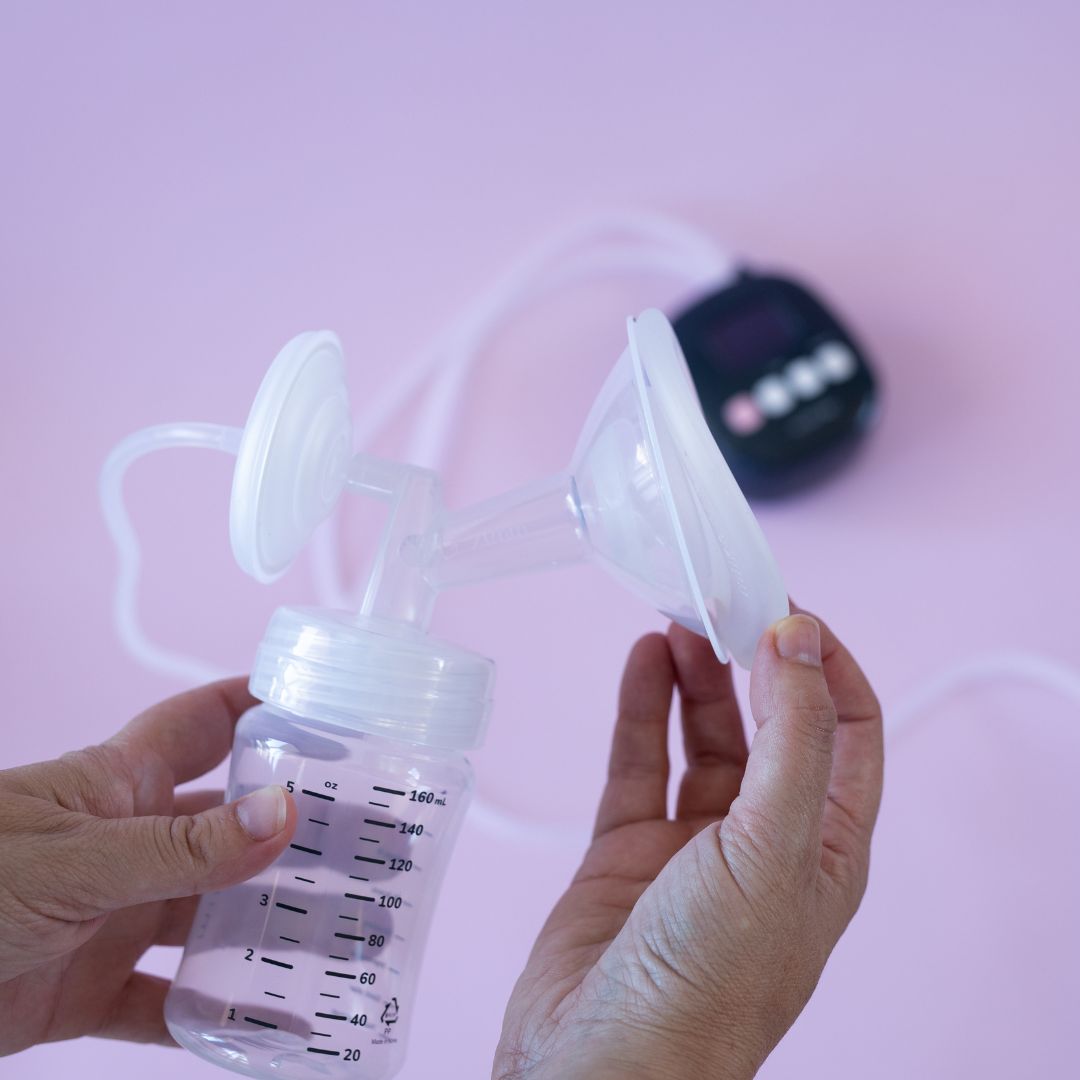Failed? Join the club. It’s pretty inevitable when you’re building something new, but here’s a few lessons (including one from Bluey, of all things), that have helped me keep my eyes on the big picture even when failures feel overwhelming.
Learn from Chilli
If you’ve got a kid (or probably even if you haven’t), you’ll have heard of Bluey. There’s an episode where Bingo keeps ruining things. She drops mum’s breakfast on the floor, accidentally pops a balloon during a performance, and generally feels pretty down about herself. Chilli (aka Bingo’s mum) tells her:
Have a little cry
Pick yourself up
Dust yourself off
The show must go on
Life lessons, right there.
You’re being funded to take risks
The startup world is very different from the corporate environment. In startups, you will often have to make big decisions with big consequences, without much information. It’s an acceptable form of risk. In big business (especially consulting), your job isn’t to make the decision, it’s to present the options and recommend one. If you’re working on a high-risk project, you’re probably buffered by the rest of the business, and the consequence of failure isn’t quite as high. The decisions you make probably aren’t going to cause the whole business to shut down.
When you’re working on a startup, the decisions you make can very possibly cause the whole business to shut down. But, the bigger danger is being paralysed into not making a decision or taking action at all.
If you’re lucky enough to be funded, then your investors will likely be expecting you to take a bit more risk. They don’t want you sitting on the money you’ve raised and not actioning the strategy you presented during your pitch to them. The earlier you are in your startup journey, the riskier an investment into your business will be, but to get from Seed to Series A, you need to take some risks, which is something most investors know about and are ok with. It’s a good thing to chat with them about while you’re doing your raise to try to make sure you’re on the same page.
Not all risks are good risks
You may be funded to take risk (see point 2), but this doesn’t mean being flippant with the cash that’s been entrusted to you. Weigh up your decisions as best you can and make the call.
If you have made a mistake, tell your stakeholders about it – that means customers, staff, investors, partners. Go to them with what you’ve learned and what you’re doing about it. Present a few options and give your preference, and take ideas and input from your stakeholders to deepen your thinking and options.
If you get into the routine of reporting regularly, then this communication is much easier.
Failure comes in degrees
In this article I outlined how I scan failures to get an idea of the consequences. Here’s what that looked like in my past life as an engineer, and how I bring it into Milkdrop today.
I used to work in the world of risk engineering and natural hazards (snow avalanches in Canada). I learned a lot from working with people who were responsible for keeping people safe in the mountains.
Mountains are amazing, but are also pretty sketchy places – avalanches, landslides, falling off cliffs, driving off slippery roads, extreme temperatures… so when it comes to failure in this environment, the people who work in it (whether they’re mountain guides, avalanche forecasters or risk engineers) would determine the severity of failure by looking at:
- The chance of failure
- The consequence of failure.
Something might be super rare, but catastrophic (an avalanche that wipes out an entire town). Something might be common, but less serious (a small avalanche on a small pocket of terrain that wouldn’t be big enough to harm anyone).
They list out all the risks, rank them, and then design their actions based on either:
- lowering the likelihood that something might happen
- lowering the consequence if it does.
For example, the mountain guides take all of the inputs available to them (weather, abilities of the group, terrain) to determine the likelihood of an event, then identify what’s in their control to change the likelihood (sticking to low-angle terrain where avalanches are less likely), or consequence (have people ski one at a time, so that there’s only ever one person in the path of an avalanche).
The biggest lessons I learned from my time on the mountains in Canada were:
- You have to be able to understand the likelihood and consequences of a failure, even if you’re still in the middle of it.
- Take out the emotion. In the face of failure, you’ll need to be calm, analytical and blame-free.
- You probably (most likely) will be working with incomplete and uncertain information. Mountain guides, forecasters and even engineers had to make decisions quickly out in the field, based on not much, so they got good at figuring out what the critical information was.
- Avoid analysis paralysis. You can’t analyse forever, but you also can’t leave your decisions up to fate. There’s a time to think and there’s a time to act. Be clear about what you can change and get on with it.
- Be aware of your own cognitive biases that might lead you, and groups in general, to make mistakes. More on that in another post!
What lessons in failure have you learned from past lives or your experiences outside of your startup? I’d love to know!



